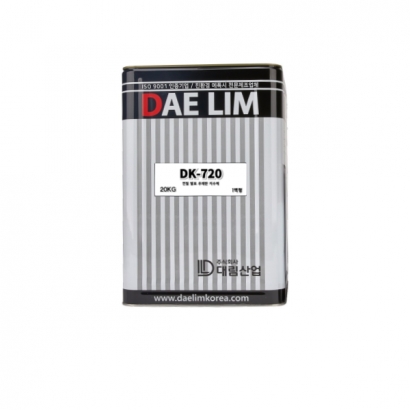
Excellent Elasticity: No breakage occurs in response to the shrinkage and expansion of structures.
Perfect Penetration: Its low viscosity enables it to thoroughly penetrate fine gaps, effectively blocking leaks.
Rapid Reactivity: Quickly reacts with water, allowing for efficient waterproofing work.
Strong Adhesion: Maintains a solid bond with the substrate, preventing delamination.
Category | Flexible Polyurethane Foam Sealant Sealing (DK-720) |
Content | |
Mix Ratio | Single-component |
Appearance | Dark Brown |
Specific Gravity | 1.1 ± 1.15 |
Viscosity | 300~500 |
Tensile Shear Adhesion Strength | 8.3 |
Elongation (%) | 72 |
Packaging Unit | 20kg/10kg |